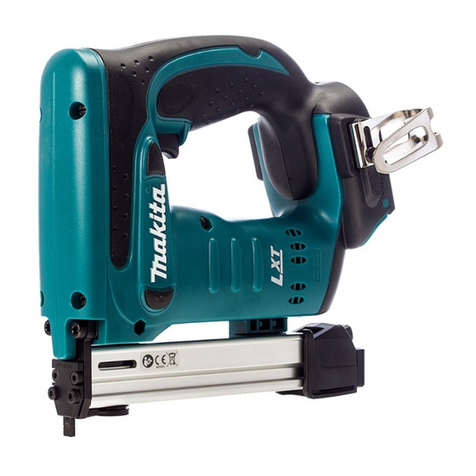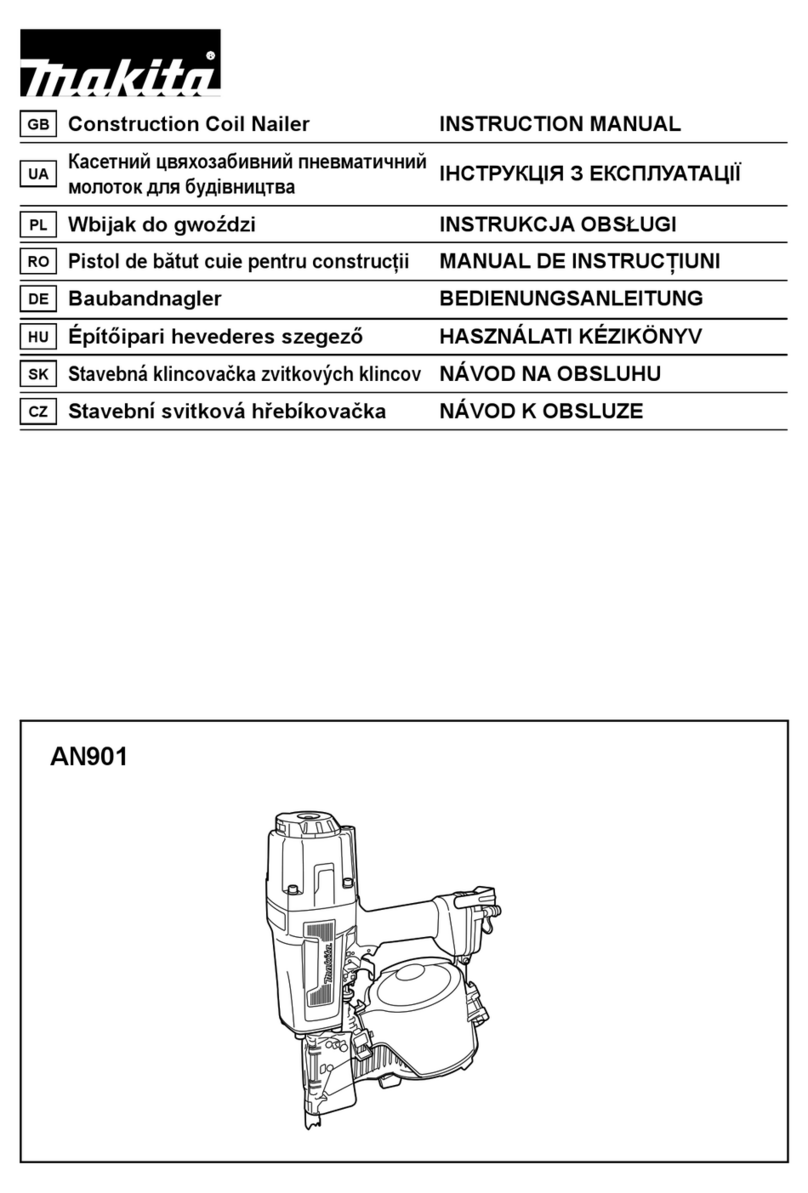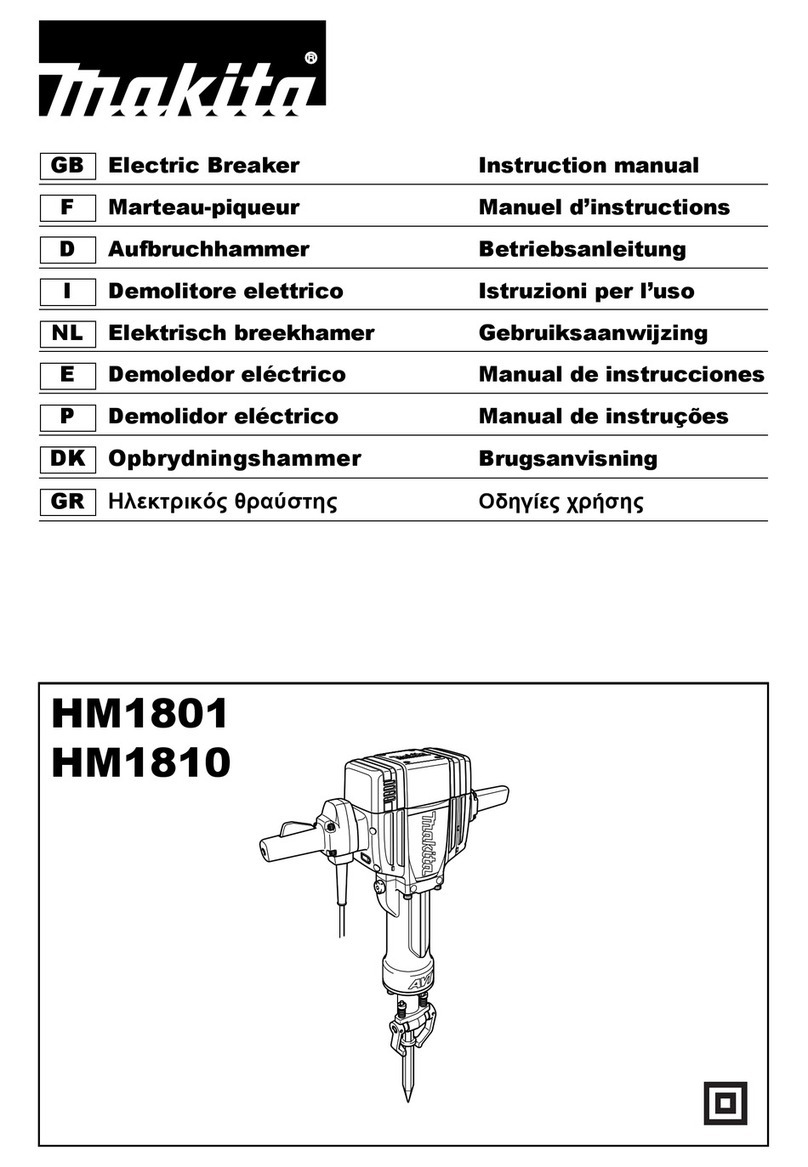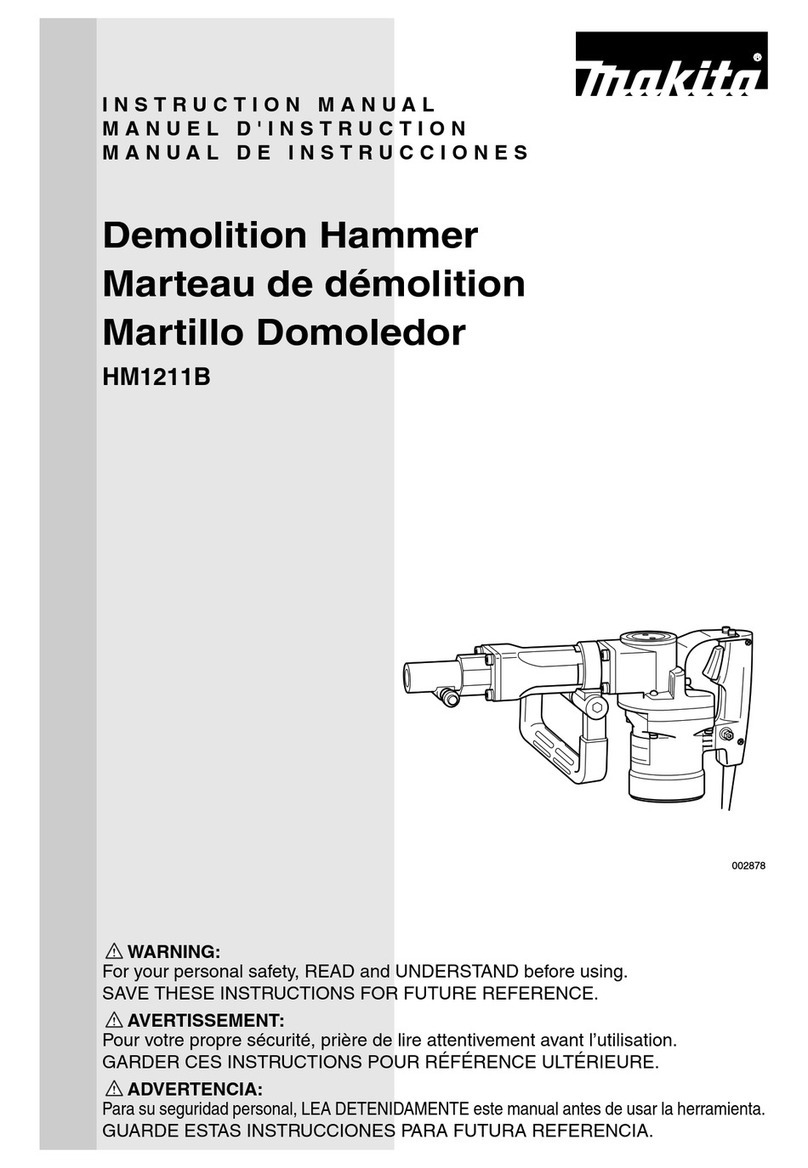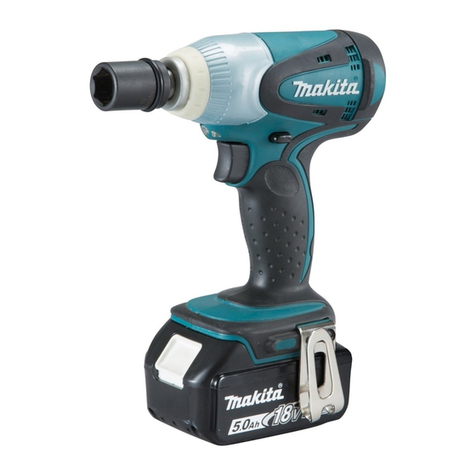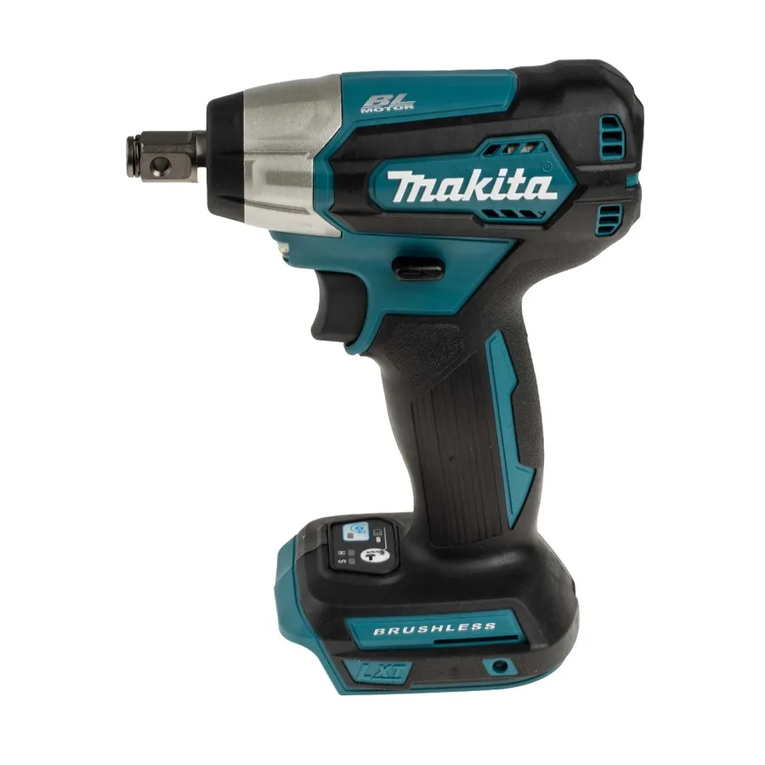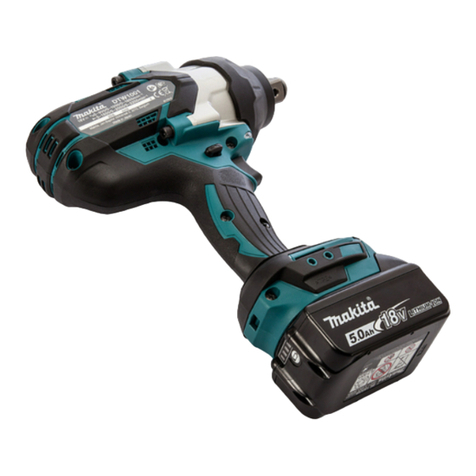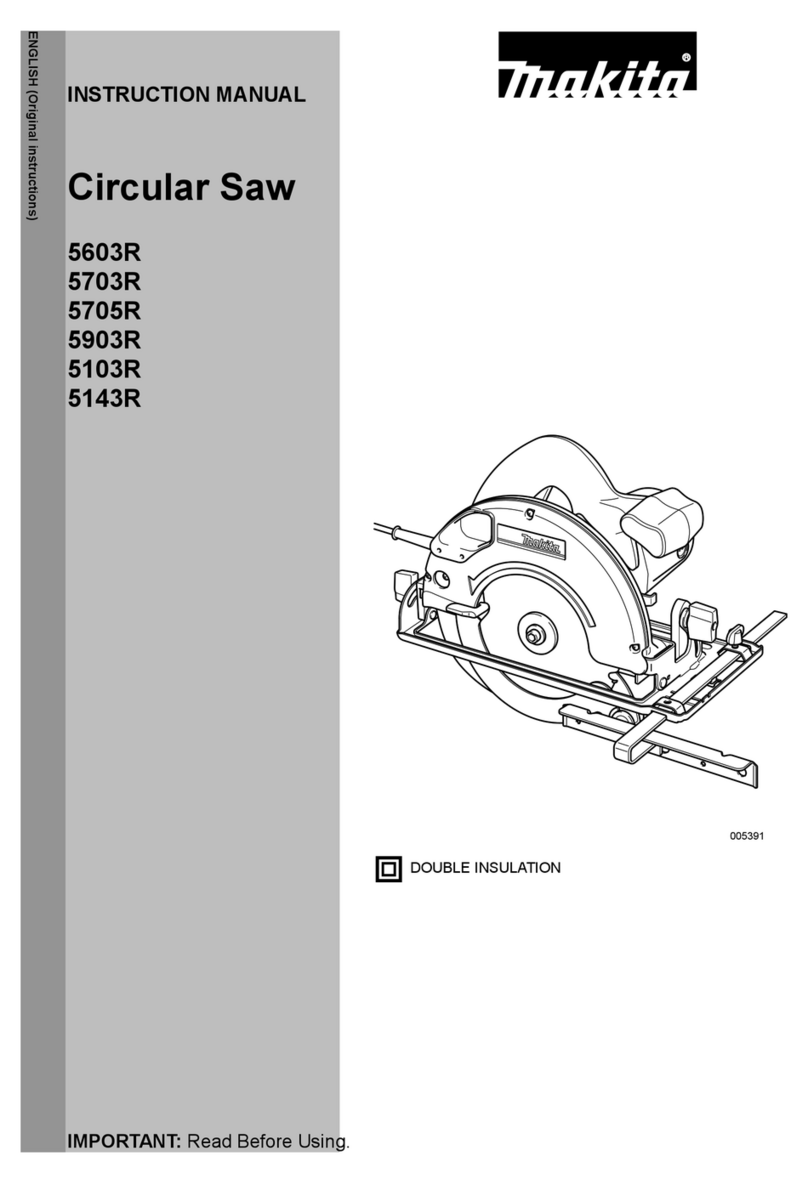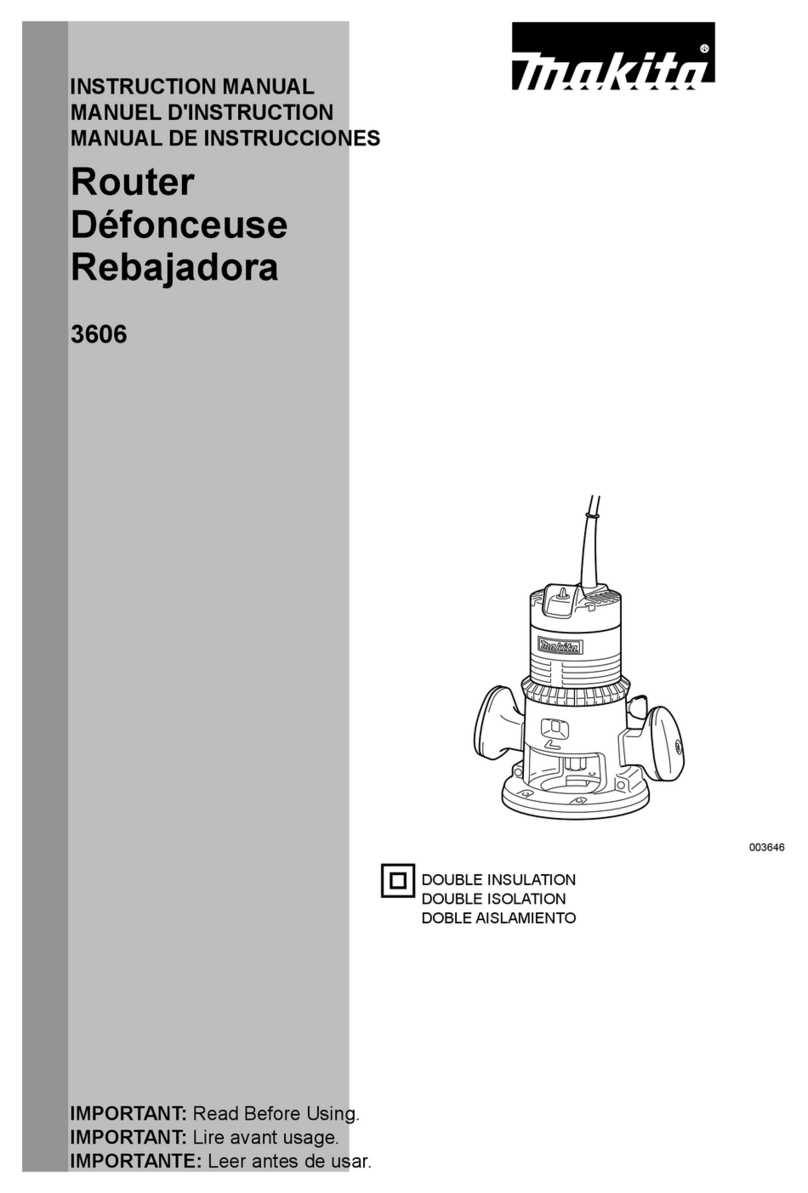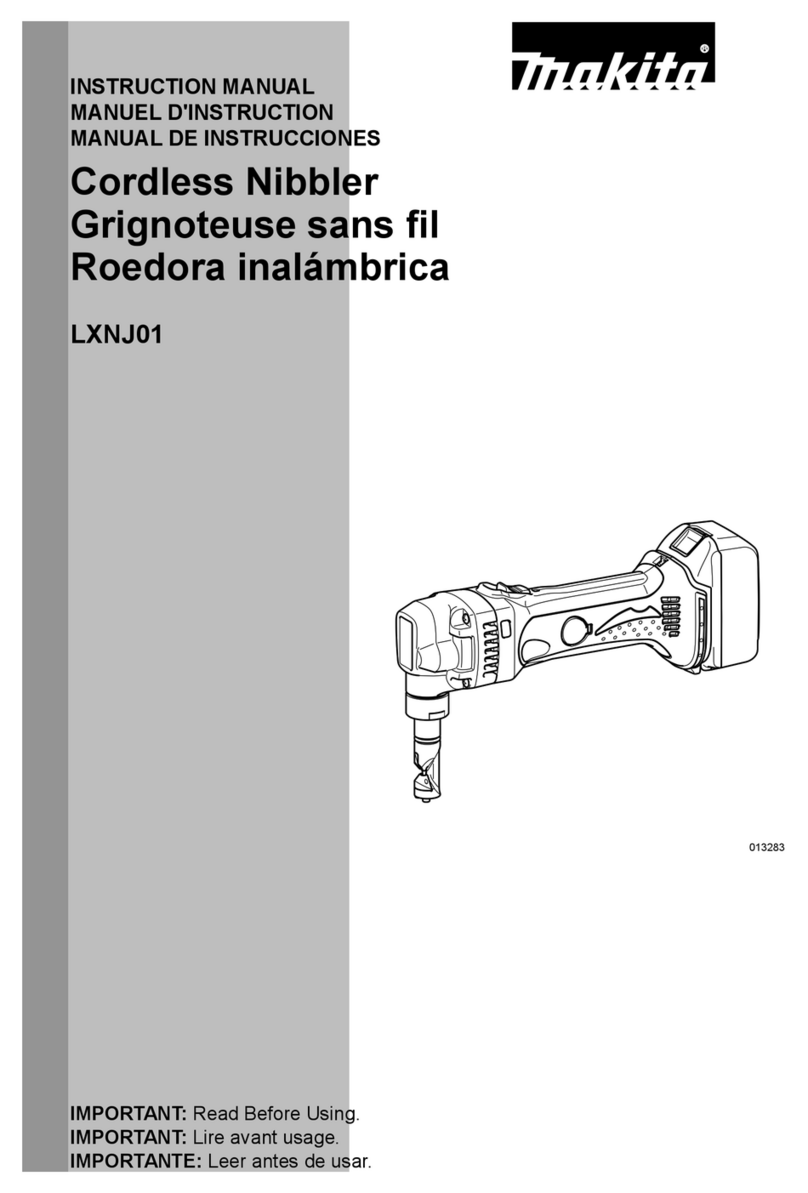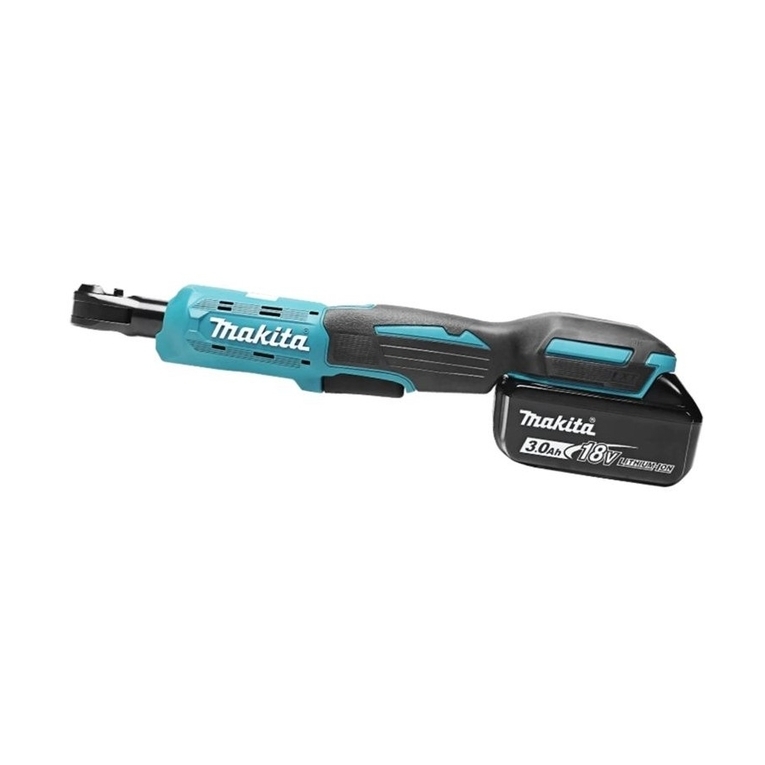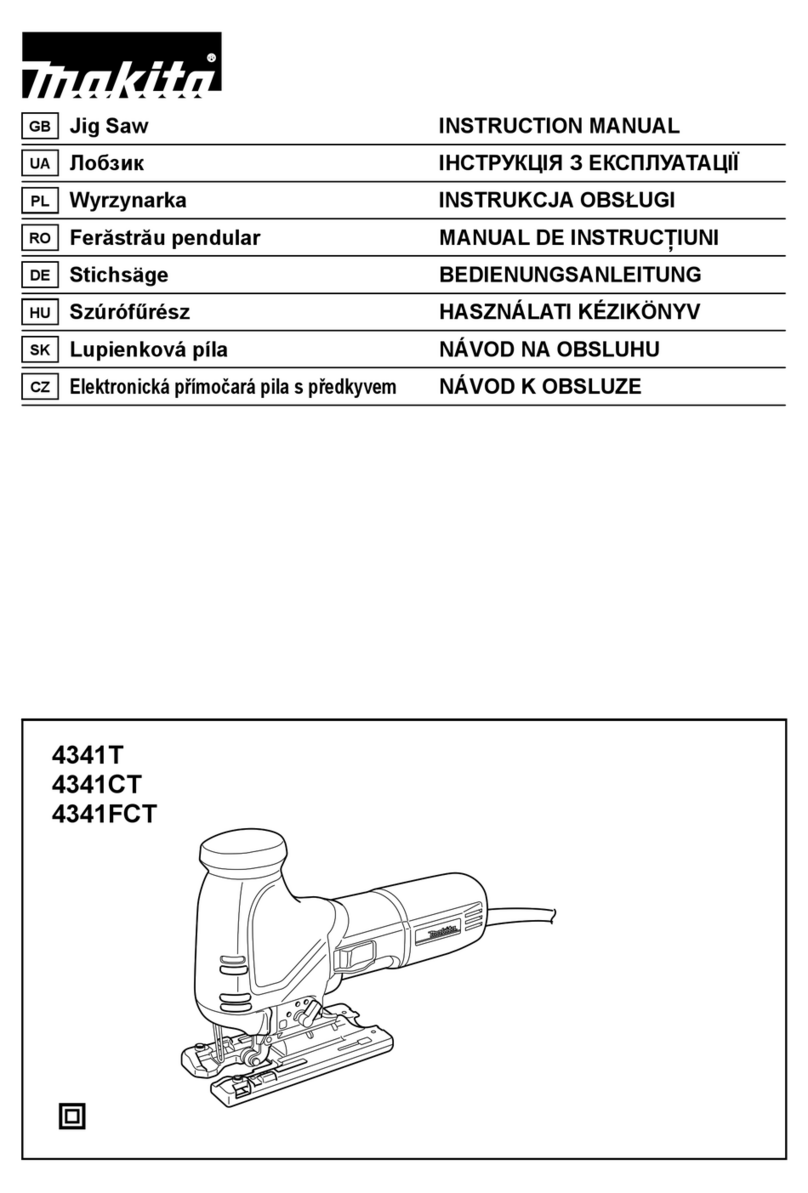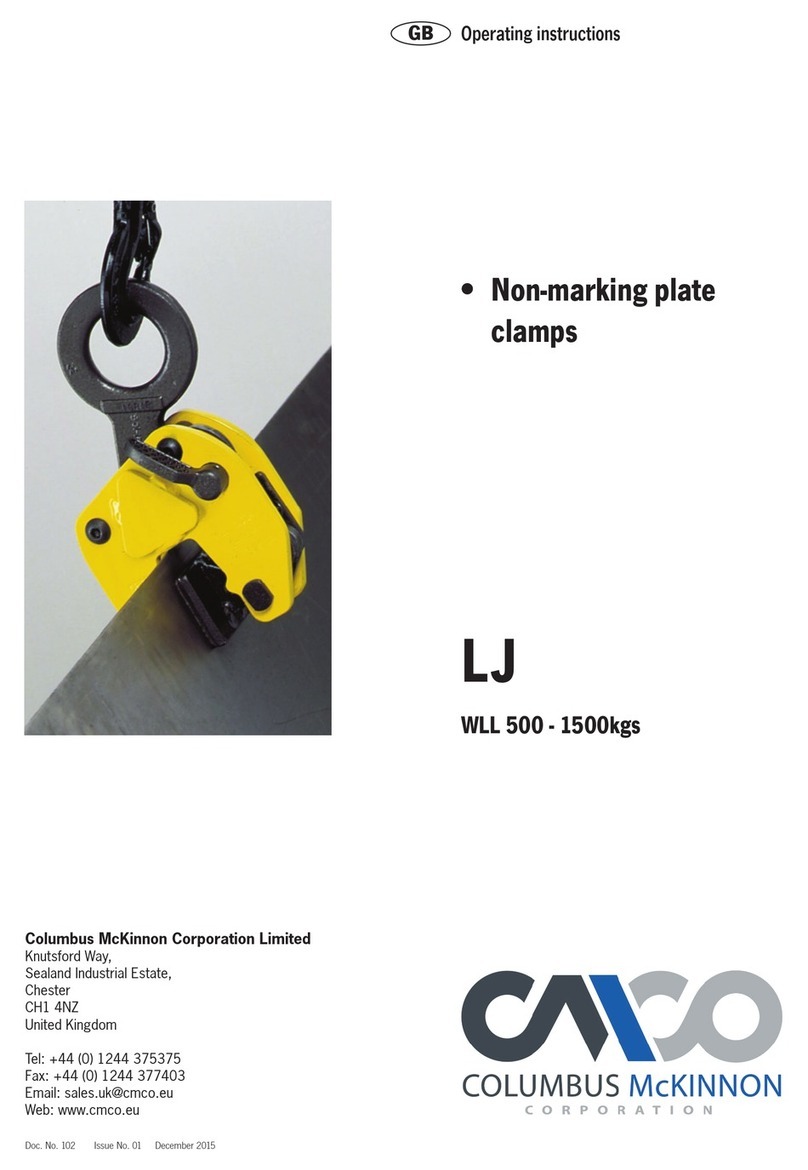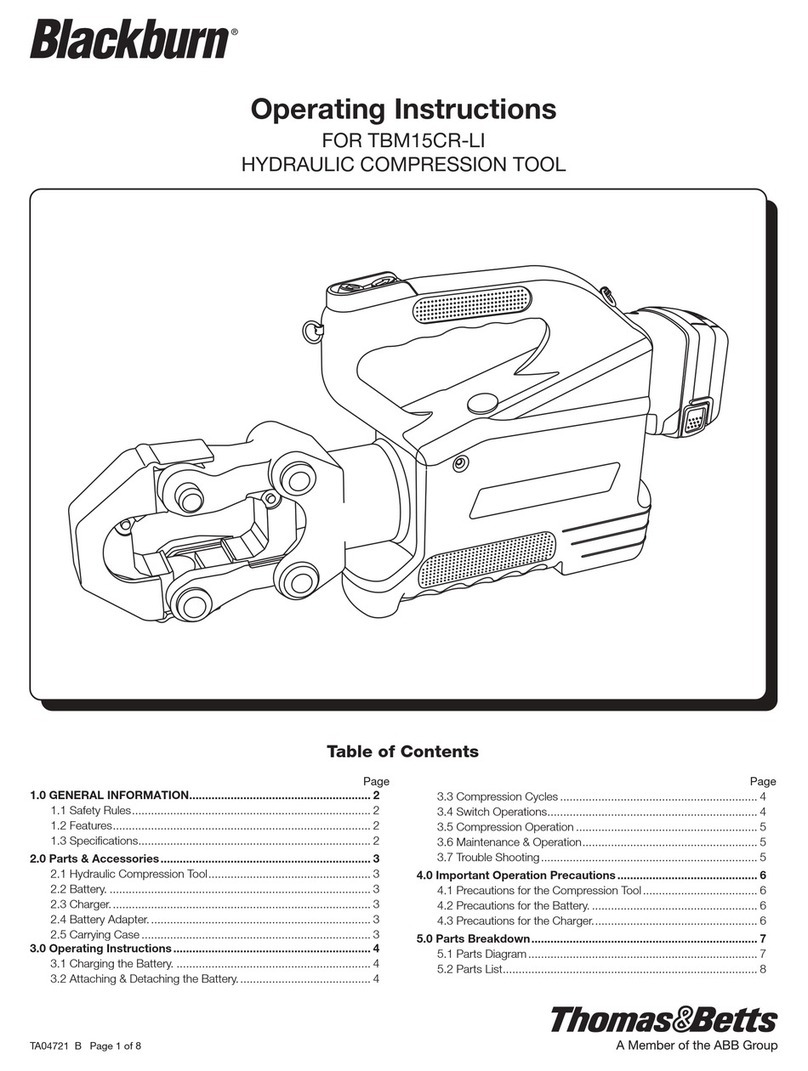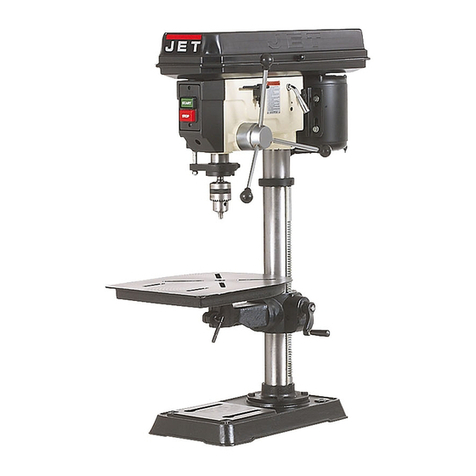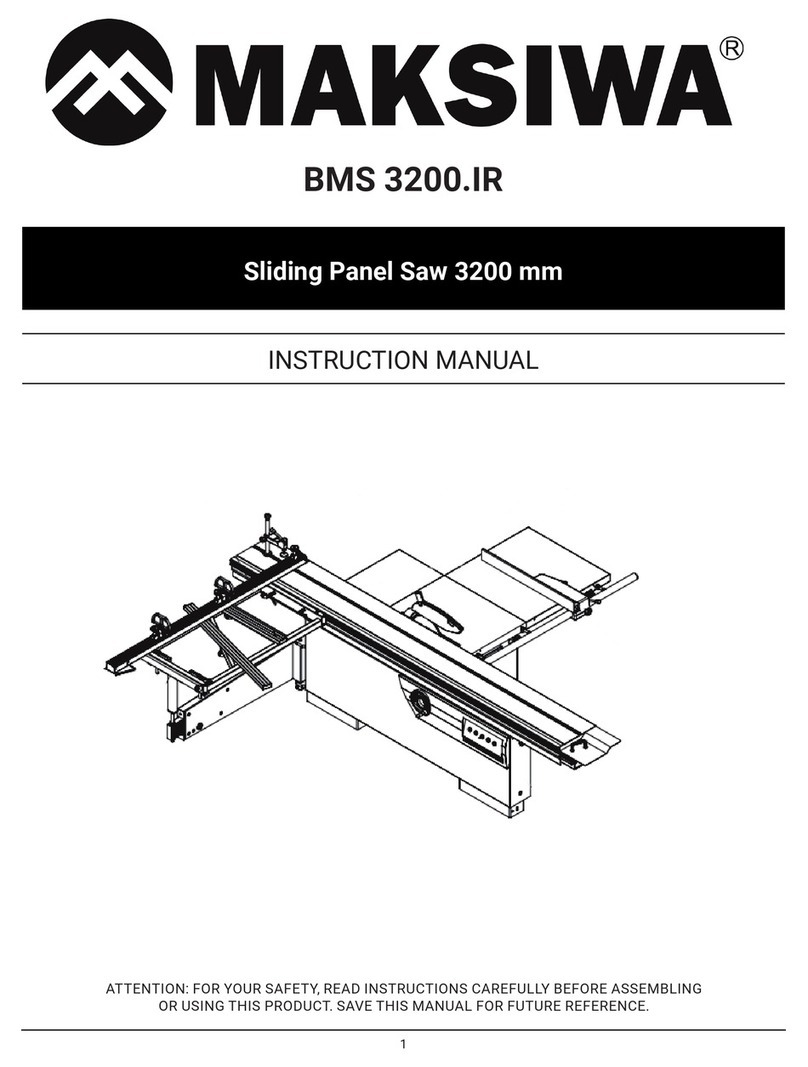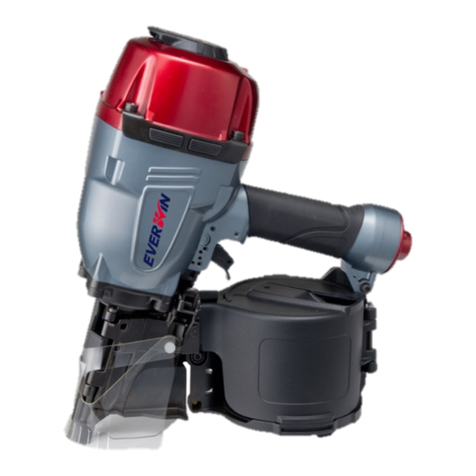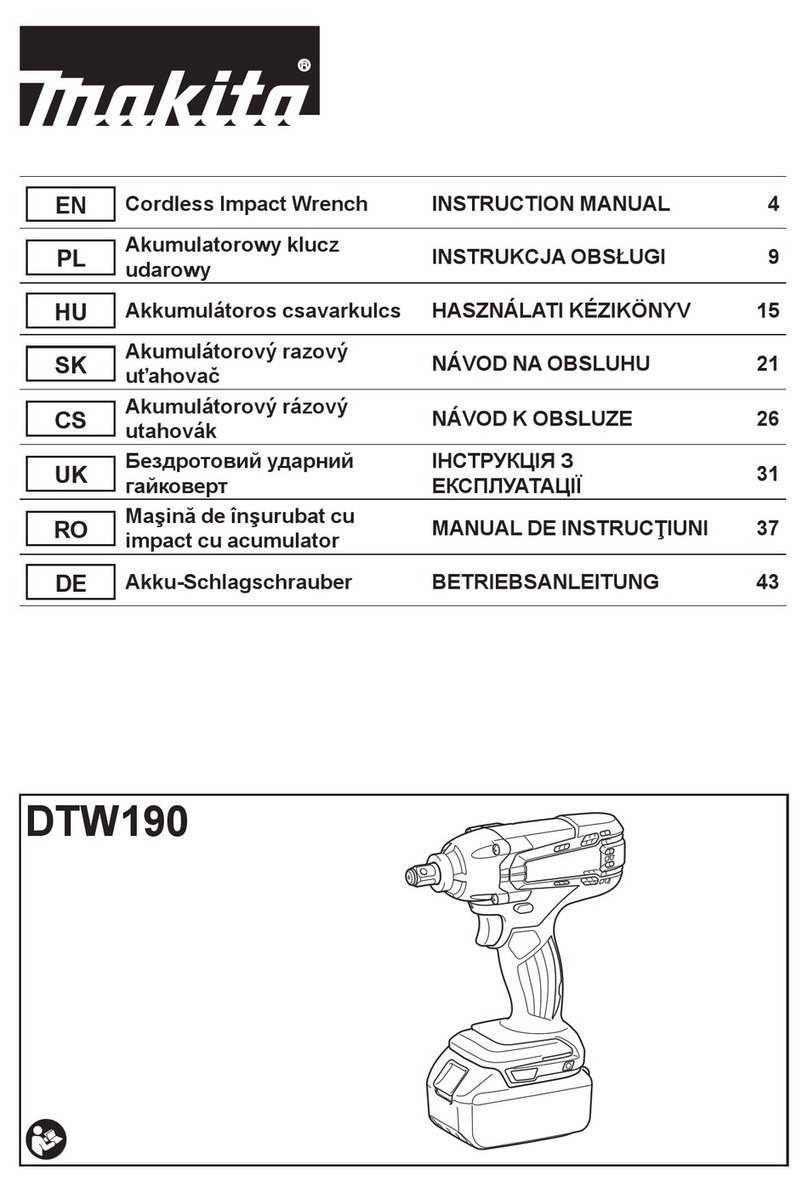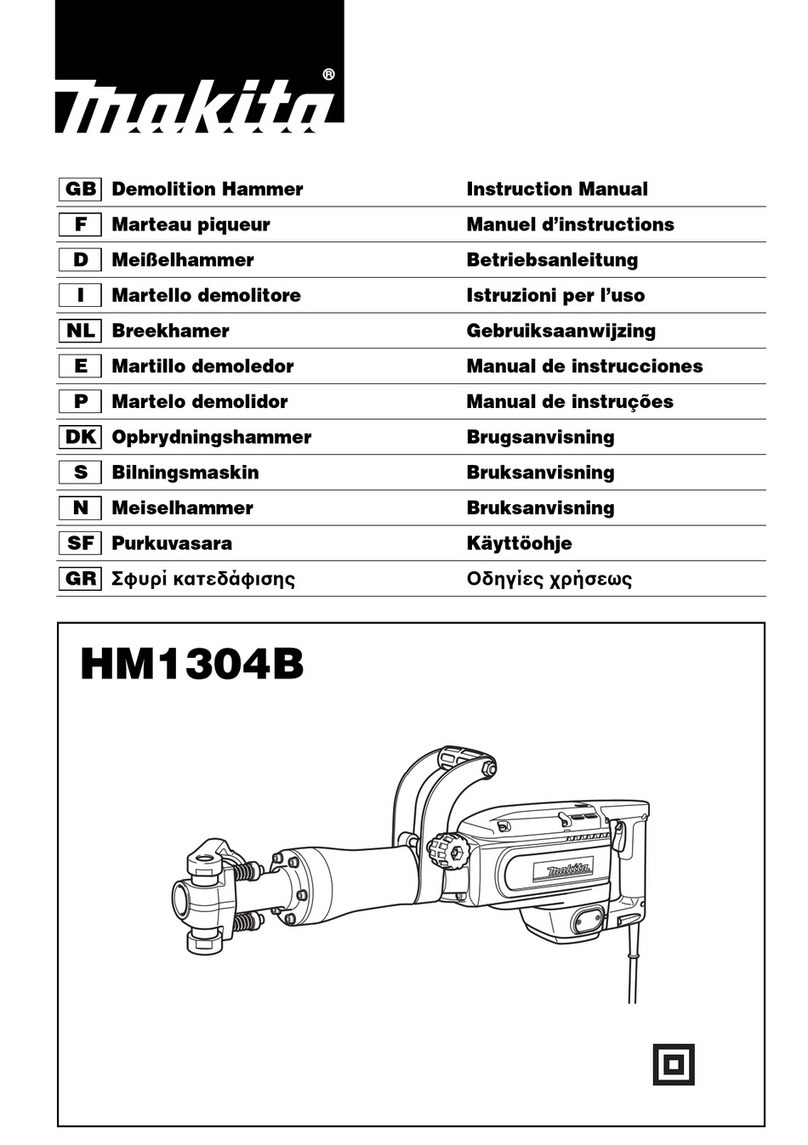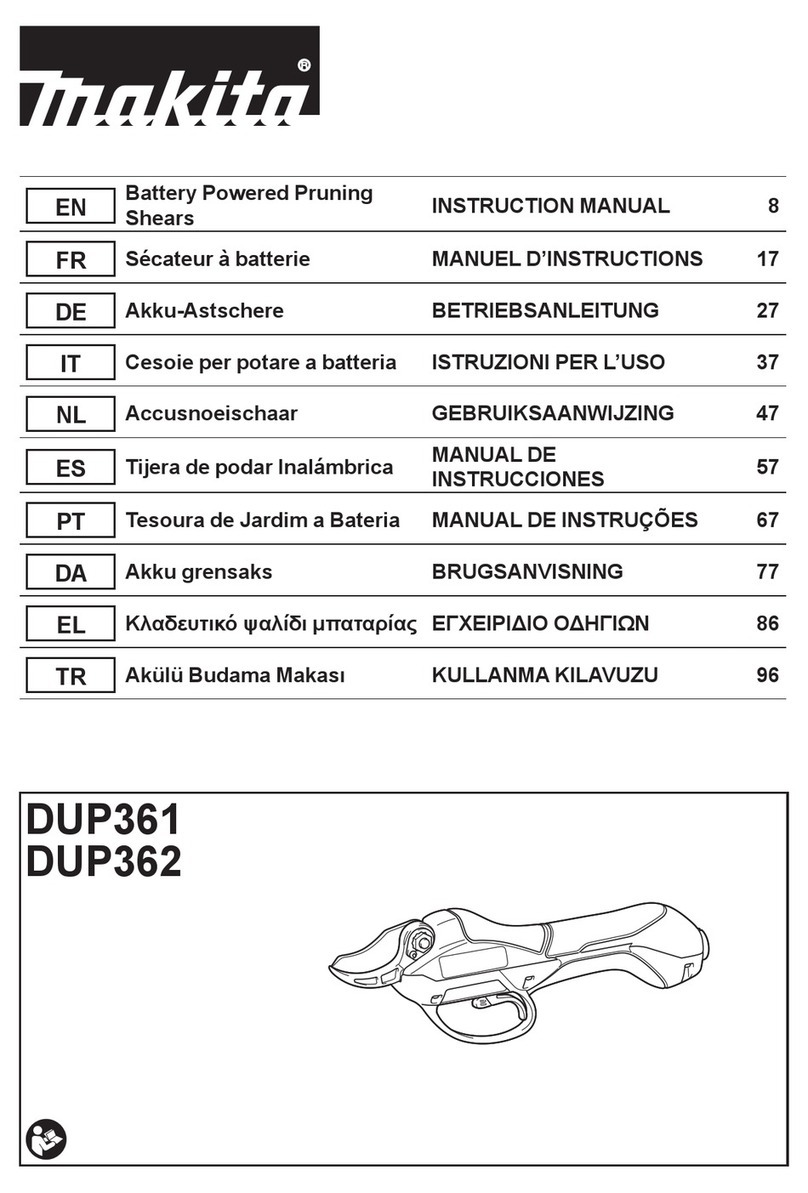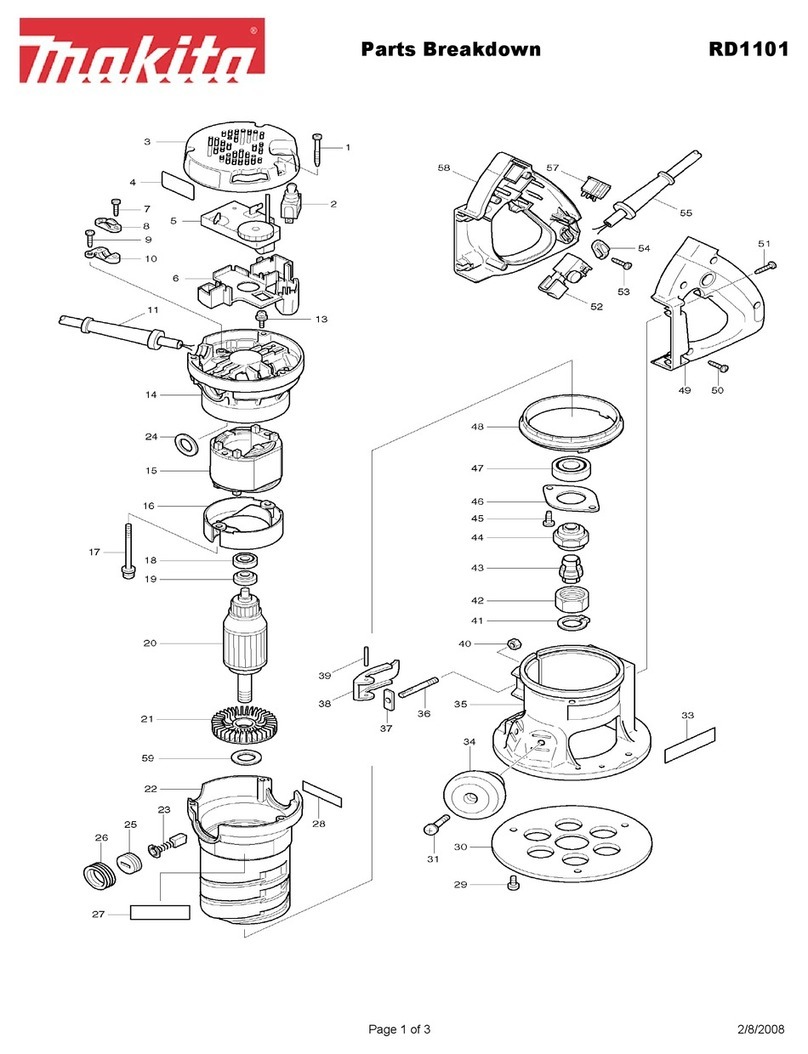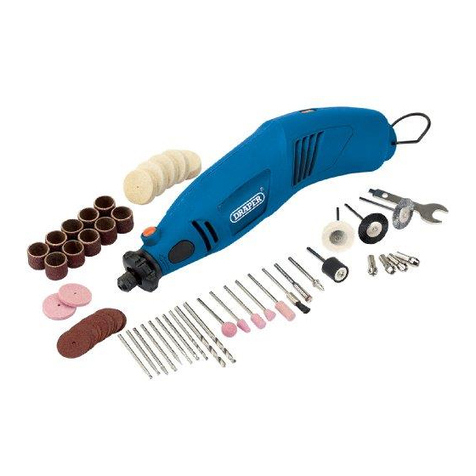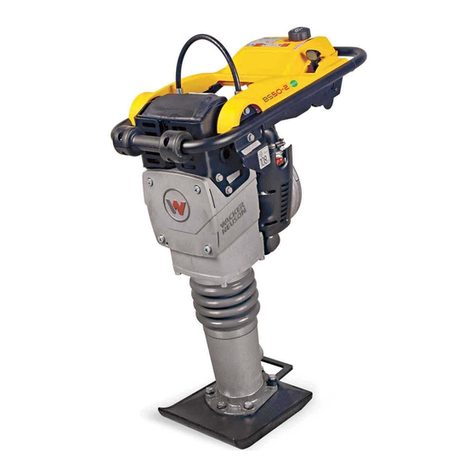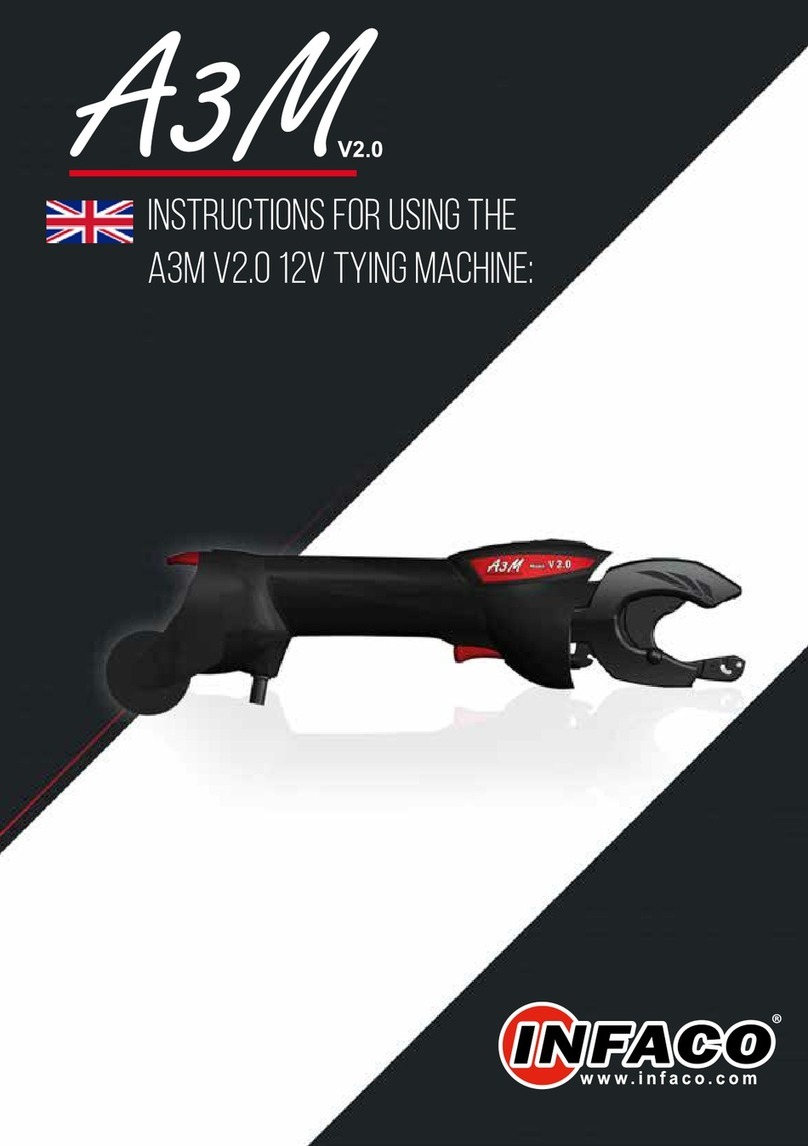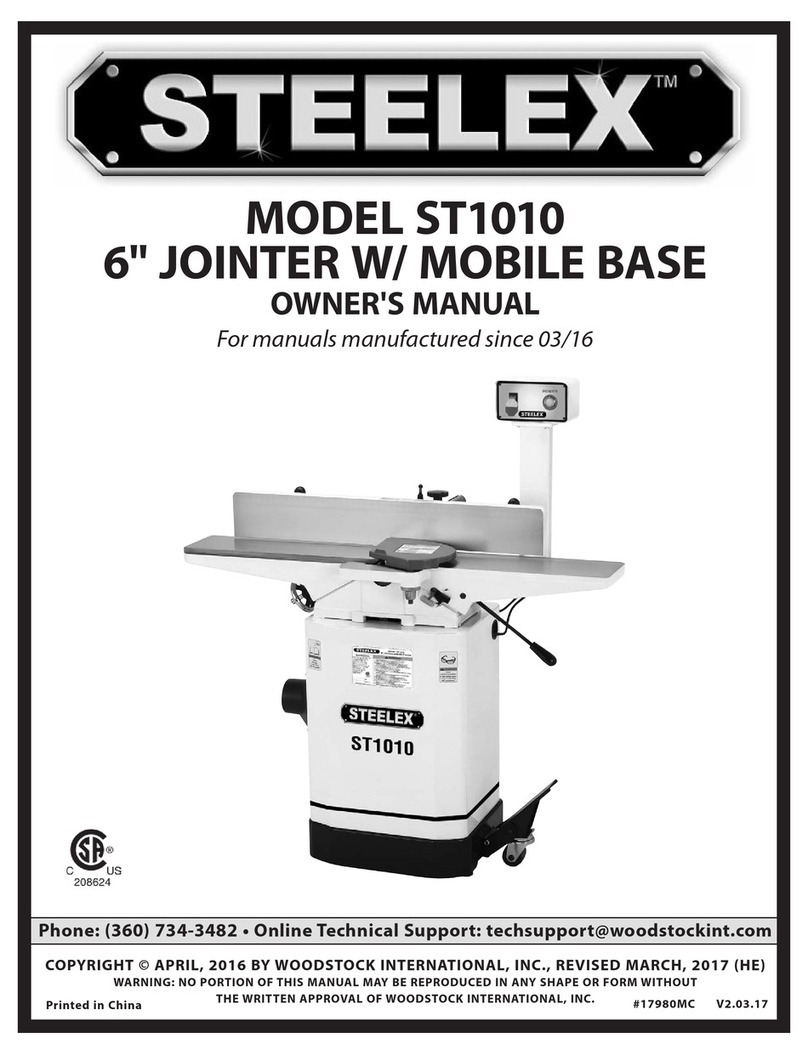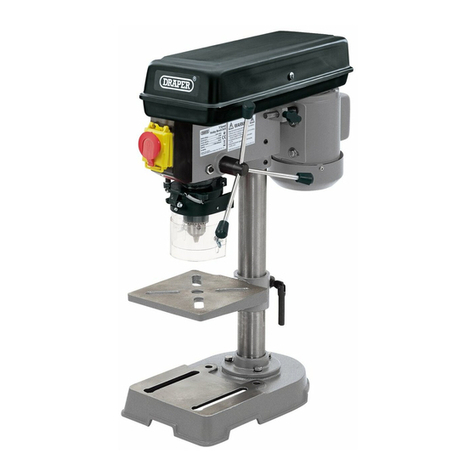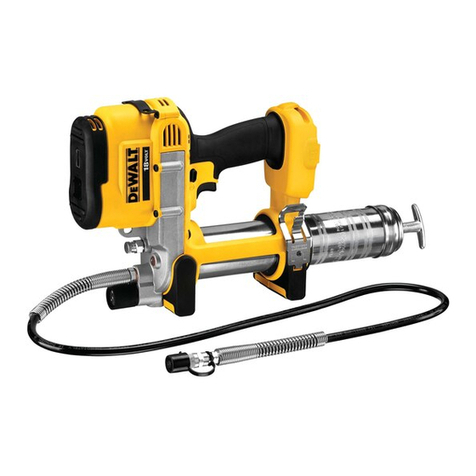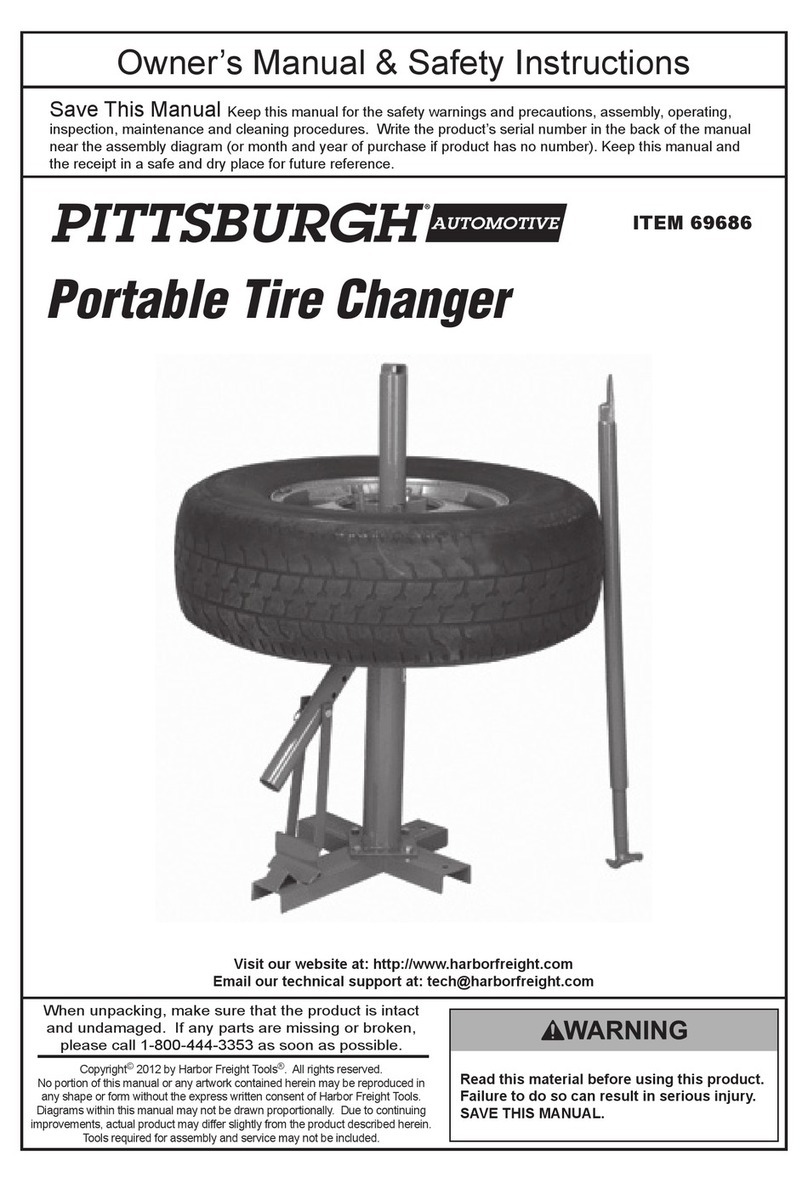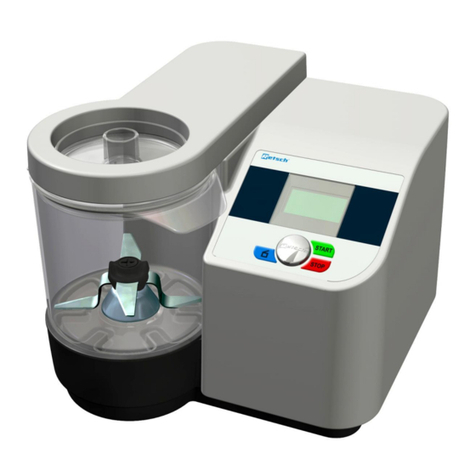
18 FRANÇAIS
5. Dans des conditions d’utilisation inadéquates de
la batterie, il peut y avoir fuite d’électrolyte. En
cas de contact accidentel, rincez avec beaucoup
d’eau. Si du liquide entre en contact avec les
yeux, consultez un médecin. Le liquide qui gicle
de la batterie peut provoquer des irritations ou des
brûlures.
6. Ne jetez pas la/les batterie(s) dans le feu.
L’élément pourrait exploser. Vériez la réglemen-
tation de votre région pour savoir s’il existe des
directives particulières qui s’appliquent à l’élimina-
tion des batteries.
7. N’ouvrez pas et n’endommagez pas la/les batte-
rie(s). L’électrolyte qui s’échappe est corrosif et
peut provoquer des dommages aux yeux ou à la
peau. Il peut être toxique s’il est ingéré.
Démarrage de l’équipement
1. Assurez-vous qu’il n’y a pas d’enfant ou d’autre
personne à proximité, et faites également atten-
tion à tout animal aux alentours de votre zone de
travail. Si cette zone de sécurité n’est pas respec-
tée, n’utilisez pas l’équipement.
2. Assurez-vous toujours que l’équipement est en
bonne condition avant de l’utiliser. Vériez si l’outil
de coupe et la gaine de protection sont sûrs et si
le levier/la gâchette de l’interrupteur fonctionne
librement et adéquatement. Vériez si les poi-
gnées sont propres et sèches, et testez le fonc-
tionnement du commutateur marche/arrêt.
3. Vériez si des pièces sont endommagées avant
de continuer à utiliser l’équipement. Si une gaine
de protection ou toute autre pièce est endomma-
gée, examinez-la attentivement pour vérier si elle
fonctionnera adéquatement et sera en mesure de
remplir sa fonction. Vériez tous les éléments pou-
vant affecter le bon fonctionnement de l’outil : l’ali-
gnement des pièces en mouvement, l’absence de
grippage ou de pièces ssurées, le montage des
pièces, etc. Toute pièce endommagée (protecteur,
etc.) doit être correctement réparée ou remplacée
par notre centre de service après-vente agréé, à
moins d’indication contraire dans le présent mode
d’emploi.
4. Allumez le moteur seulement si vos mains et vos
pieds se trouvent à distance de l’outil de coupe.
5. Avant de commencer, assurez-vous que l’outil de
coupe n’entre en contact avec aucun objet.
Mode de fonctionnement
1. Utilisez l’équipement seulement avec un bon
éclairage et dans de bonnes conditions de visi-
bilité. En hiver, faites attention aux sols glissants
et aux zones humides, à la glace et à la neige
(risque de glissade). Assurez-vous toujours de
votre stabilité.
2. Attention à ne pas vous blesser aux pieds et aux
mains avec l’outil de coupe.
3. N’utilisez jamais l’équipement en vous tenant sur
une échelle.
4. Ne réalisez jamais de coupe avec l’équipement en
étant perché dans un arbre.
5. Ne travaillez pas sur des surfaces instables.
6.
Retirez le sable, les pierres, les clous, etc. qui se
trouvent dans la zone d'utilisation de la machine. Les
corps étrangers peuvent endommager l'outil de coupe
et provoquer de dangereux mouvements de recul.
7. Si l'outil de coupe heurte des pierres ou des objets
durs, coupez immédiatement le moteur et inspec-
tez l'outil de coupe.
8. Inspectez fréquemment l'outil de coupe en vue
d'éventuels dommages (détection de craquelures
grâce à un test de bruit de battement).
9. Avant de commencer la coupe, l'outil de coupe
doit avoir atteint sa pleine vitesse de travail.
10.
L'outil de coupe doit être équipé de la gaine de protection
appropriée. N’utilisez jamais l’équipement si la gaine de
protection est endommagée ou si elle n'est pas en place!
11. Toutes les protections et gaines fournies avec
l’équipement doivent être utilisées au cours du
fonctionnement.
12. Retirez toujours la batterie de l’équipement :
— chaque fois que vous laissez l’équipement
sans surveillance;
— avant de le débloquer;
— avant d’examiner l’équipement, de le net-
toyer ou d’effectuer des travaux;
— après avoir heurté un corps étranger;
— chaque fois que l’équipement présente une
vibration anormale.
13. Assurez-vous toujours que les orices de ventila-
tion ne présentent pas de débris.
Outils de coupe
1. Utilisez uniquement l'outil de coupe qui convient à
la tâche que vous entreprenez.
Consignes d'entretien
1. Vous devez vérier l'état de l’équipement, plus
particulièrement de l'outil de coupe et des protec-
tions, avant de commencer à travailler.
2. Éteignez le moteur et retirez la batterie avant de
réaliser tout travail d’entretien, de remplacer les
outils de coupe ou de nettoyer l’équipement ou
l’outil de coupe.
3. Assurez-vous qu’il n’y a pas d’attaches mal ser-
rées ni de pièces endommagées, comme des
ssures dans l’accessoire de coupe.
4. Suivez les instructions concernant le graissage et
le remplacement des accessoires.
5. Lorsque vous ne l’utilisez pas, rangez l’équipe-
ment à l’intérieur, au sec et dans un endroit élevé
ou verrouillé – hors de la portée des enfants.
Nettoyez l’appareil et effectuez les travaux d’en-
tretien avant le rangement.
6. N’utilisez que les pièces de rechange et les acces-
soires recommandés par le fabricant.
7.
Procédez régulièrement à l'inspection et à l'entretien
de l'équipement, particulièrement avant/après l'uti-
lisation. Ne conez les réparations de l’équipement
qu’aux centres de service après-vente agréés.
8. Gardez les poignées de l’outil sèches, propres et
sans trace d’huile ou de graisse.





















